Major League Baseball: Facts, history, and notable players
Welcome to the fascinating world of Major League Baseball (MLB), where the crack of the bat and the roar of the crowd create a symphony of excitement. MLB is more than just a sport; it’s a cultural phenomenon that has captured the hearts of fans for over a century.
With its rich history, iconic players, and storied rivalries, baseball remains a beloved pastime that continues to evolve and inspire.
The Birth of America’s Pastime: A Brief History of MLB
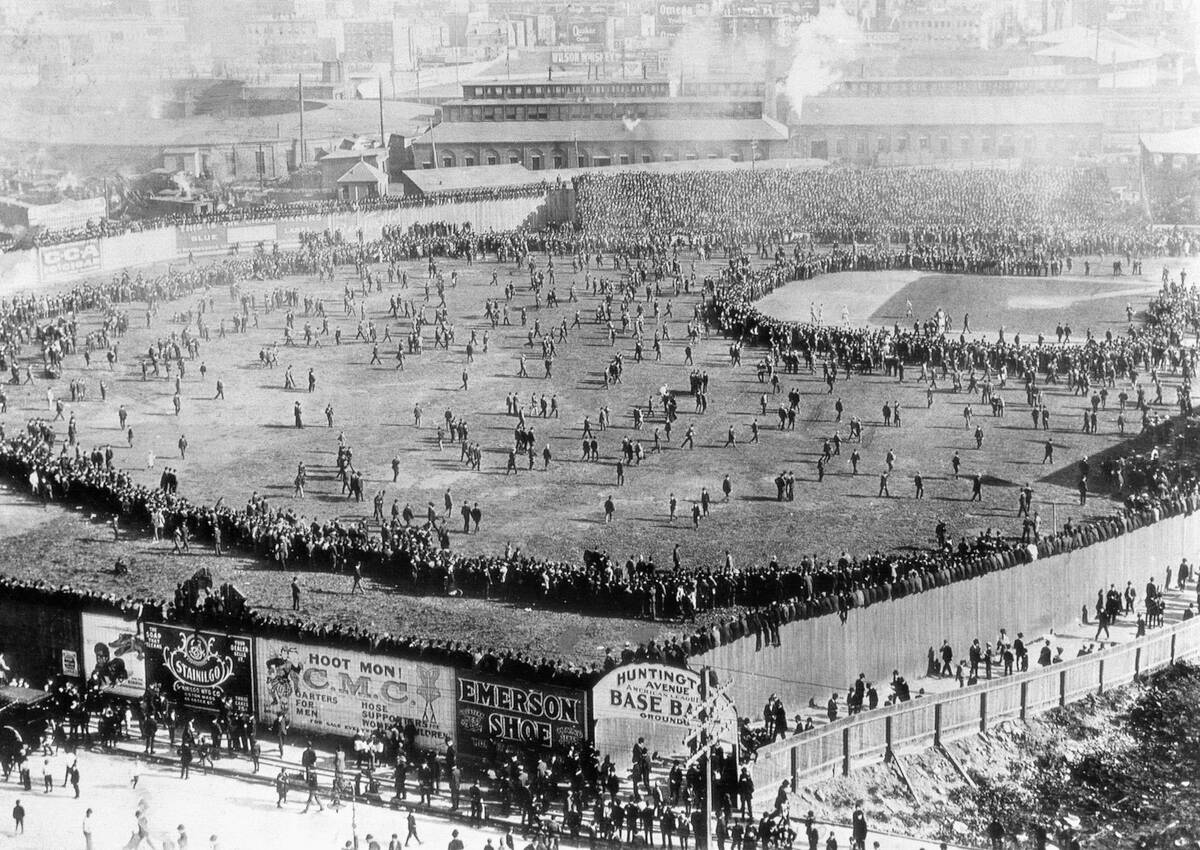
MLB’s origins trace back to 1869 with the founding of the Cincinnati Red Stockings, the first professional team. Baseball quickly gained popularity, leading to the formation of the National League in 1876.
The American League followed in 1901, setting the stage for the first World Series in 1903. Over the decades, MLB has expanded and adapted, weathering challenges such as the Black Sox Scandal and the integration of African American players.
The Legendary Teams: Yankees, Red Sox, and More
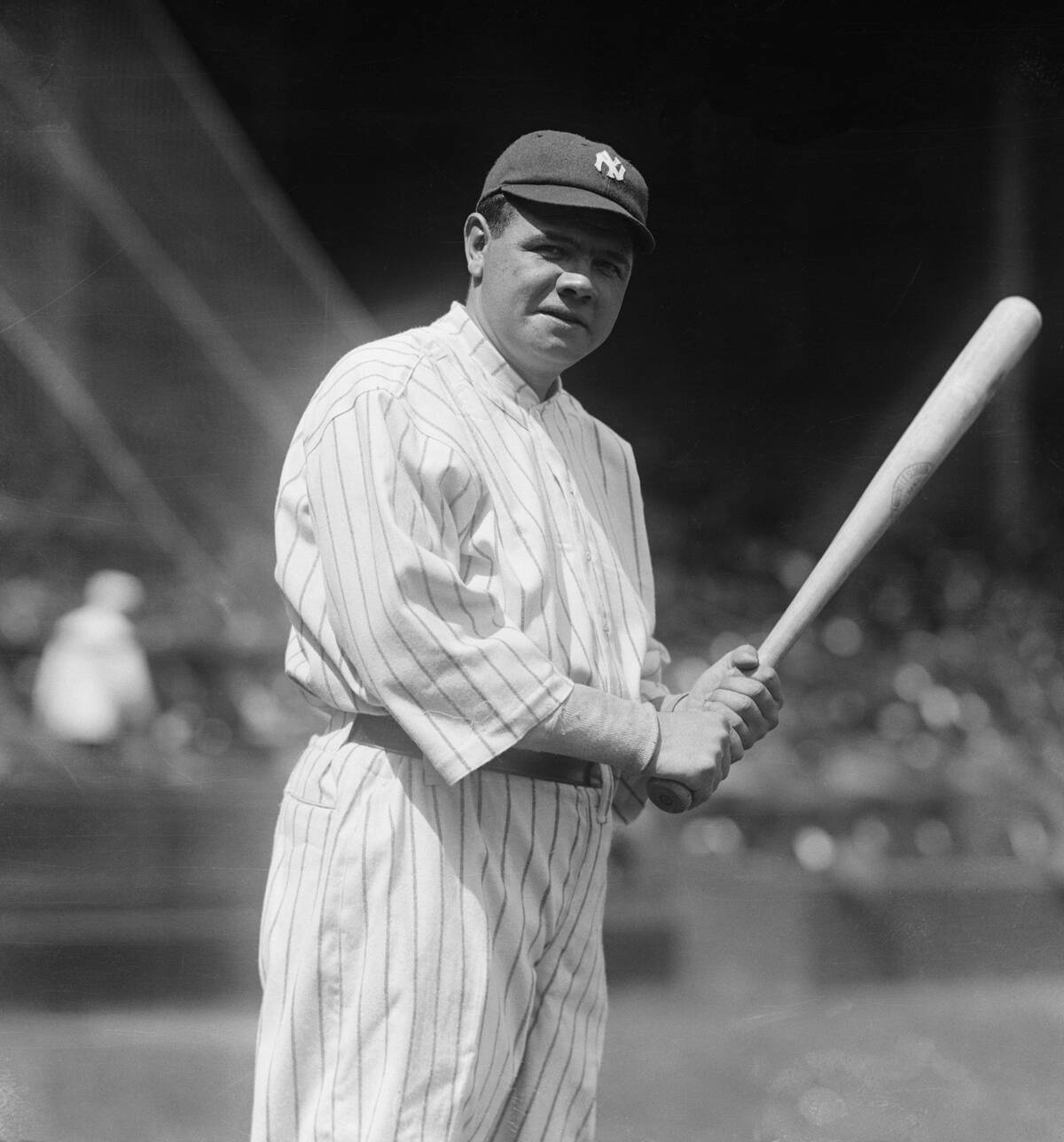
Few teams are as storied as the New York Yankees, boasting 27 World Series titles and legends like Babe Ruth and Derek Jeter. Their fierce rivalry with the Boston Red Sox remains one of the sport’s most enduring.
The Chicago Cubs and St. Louis Cardinals also share a historic rivalry, with passionate fanbases that span generations. Each team brings its own unique history and flair to the tapestry of MLB.
Notable Stadiums: Where the Magic Happens
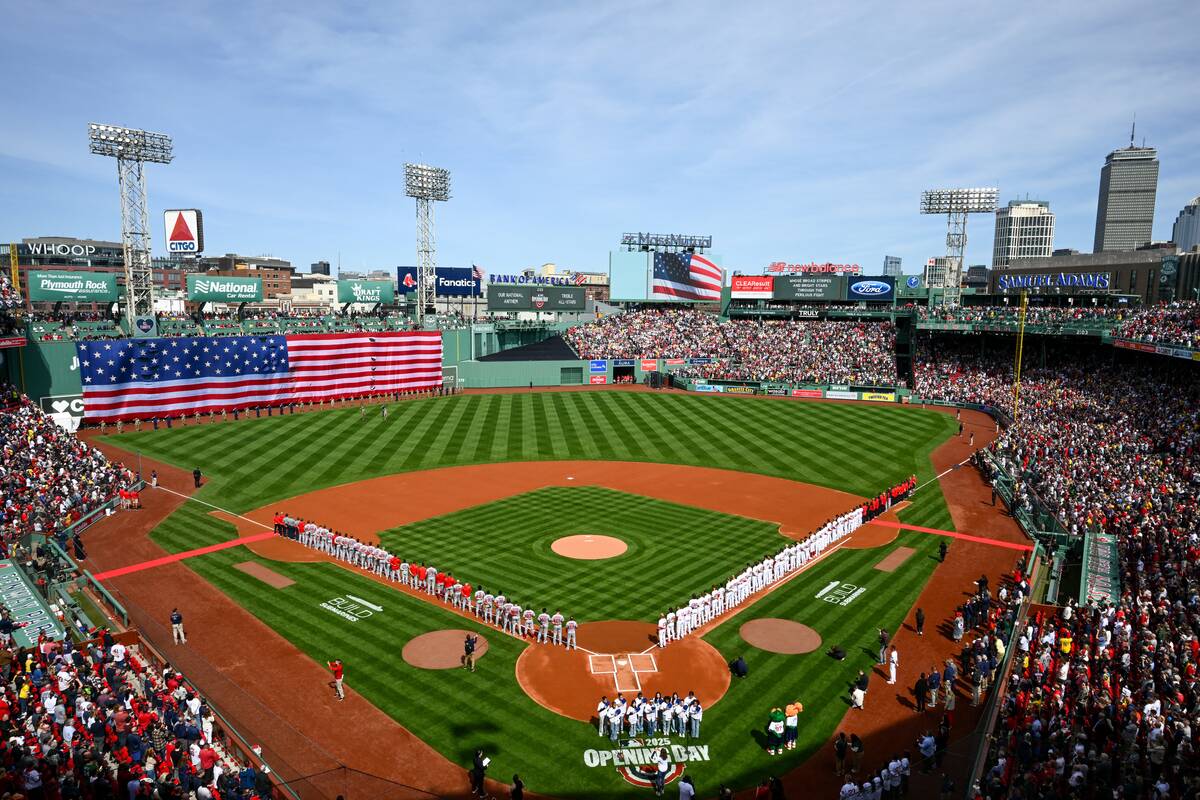
Step into Fenway Park, the oldest stadium in MLB, and you’ll feel the weight of history in its iconic Green Monster. Meanwhile, Dodger Stadium offers breathtaking views of the Los Angeles hills.
Wrigley Field, with its ivy-covered walls, stands as a testament to baseball’s timeless charm. Each ballpark has its own personality, making every visit a unique experience for fans and players alike.
The World Series: Baseball’s Ultimate Showdown
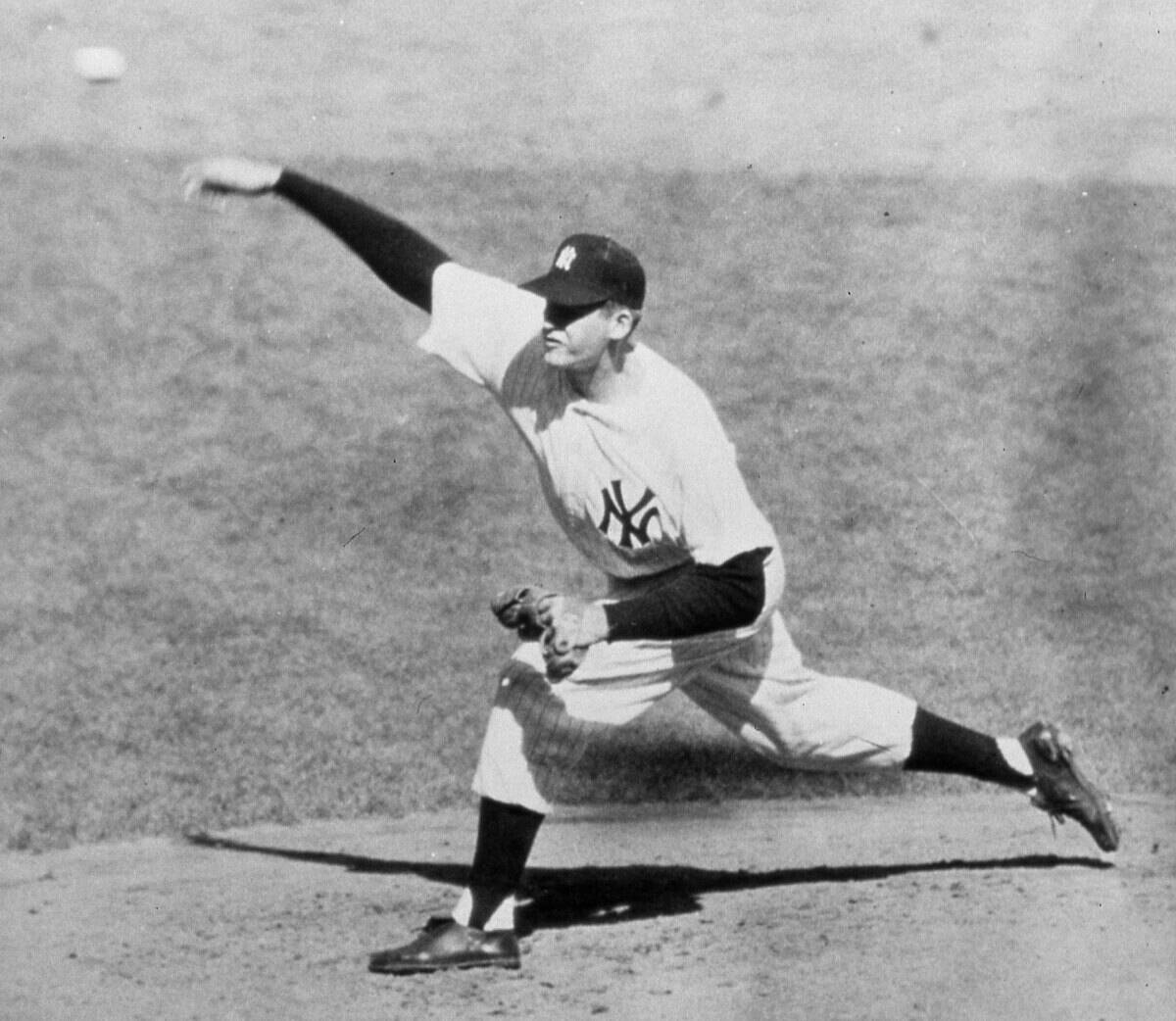
The World Series is the pinnacle of baseball, where the champions of the American and National Leagues face off. Since its inception in 1903, it has provided some of the sport’s most memorable moments.
From dramatic comebacks to legendary performances like Don Larsen’s perfect game in 1956, the World Series is a stage where history is made. It’s a showcase of talent and determination, watched by millions across the globe.
The Role of the Commissioner: MLB’s Top Umpire
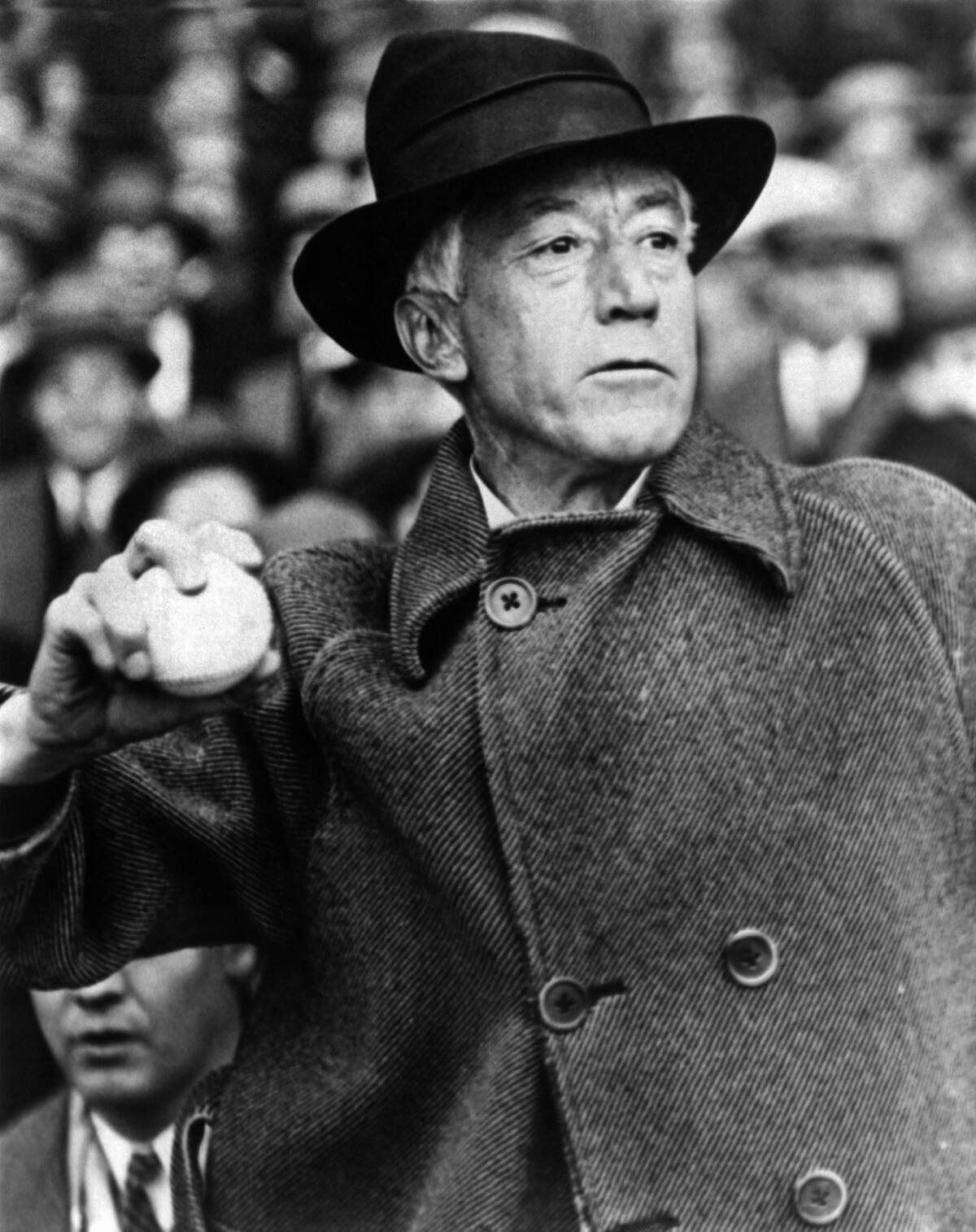
The MLB Commissioner serves as the league’s chief executive, overseeing everything from rule changes to labor negotiations. Since 1920, the role has evolved, with commissioners like Kenesaw Mountain Landis (pictured) and Bud Selig leaving significant marks on the game.
Today’s commissioner, Rob Manfred, faces new challenges like adapting to technology and maintaining the sport’s integrity. The commissioner’s decisions often shape the future of baseball.
Iconic Players: From Babe Ruth to Mike Trout
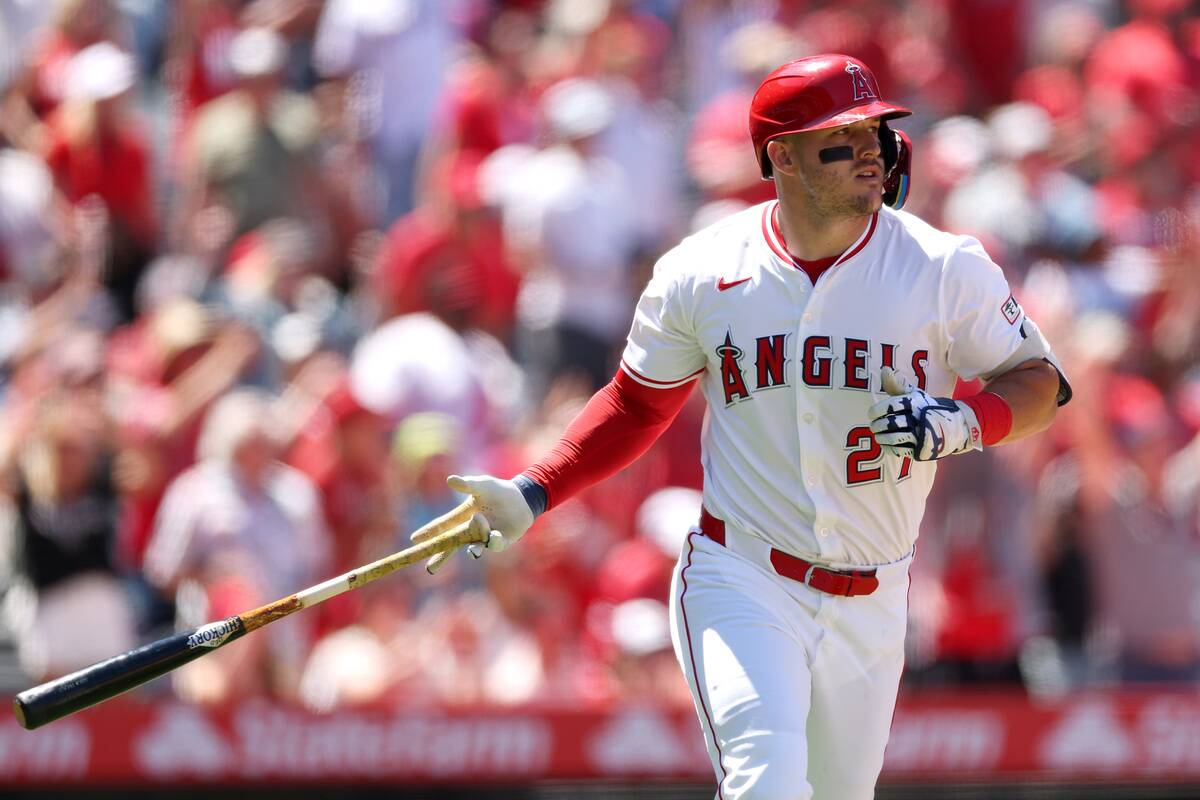
Babe Ruth, known for his towering home runs, set the standard for greatness in baseball. His larger-than-life presence helped popularize the sport in the 1920s.
Fast forward to today, and players like Mike Trout continue to dazzle fans with their all-around talent. Trout’s combination of speed, power, and defense makes him one of the game’s modern legends. MLB’s history is rich with players who have left indelible marks on the field.
The All-Star Game: A Midseason Celebration
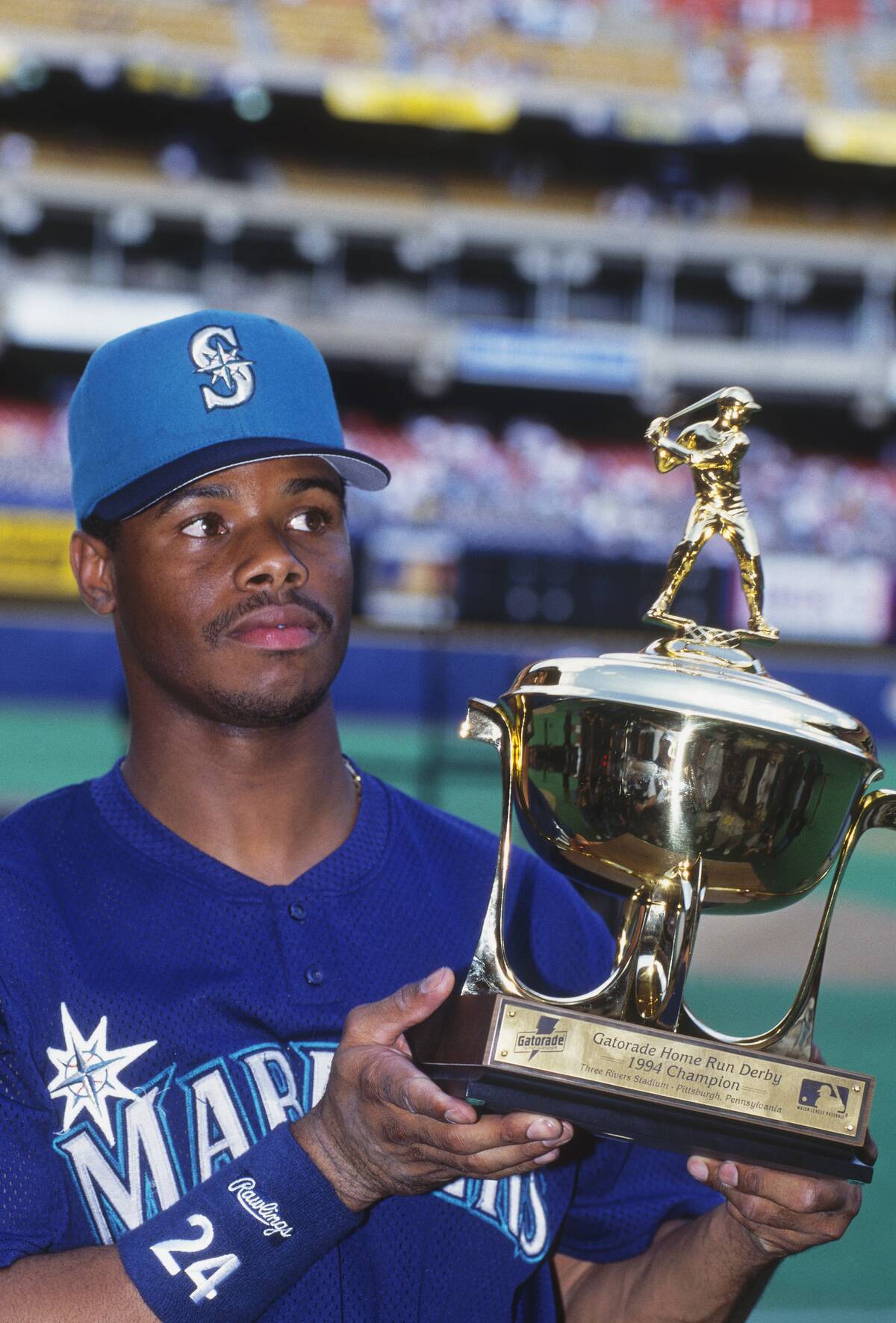
First held in 1933, the MLB All-Star Game is a showcase of the league’s top talent, pitting the best of the American League against the National League. It’s a unique opportunity for fans to see their favorite players from different teams compete together.
Beyond the game itself, events like the Home Run Derby add to the excitement, making it a highlight of the summer for baseball enthusiasts.
The Evolution of the Baseball Uniform
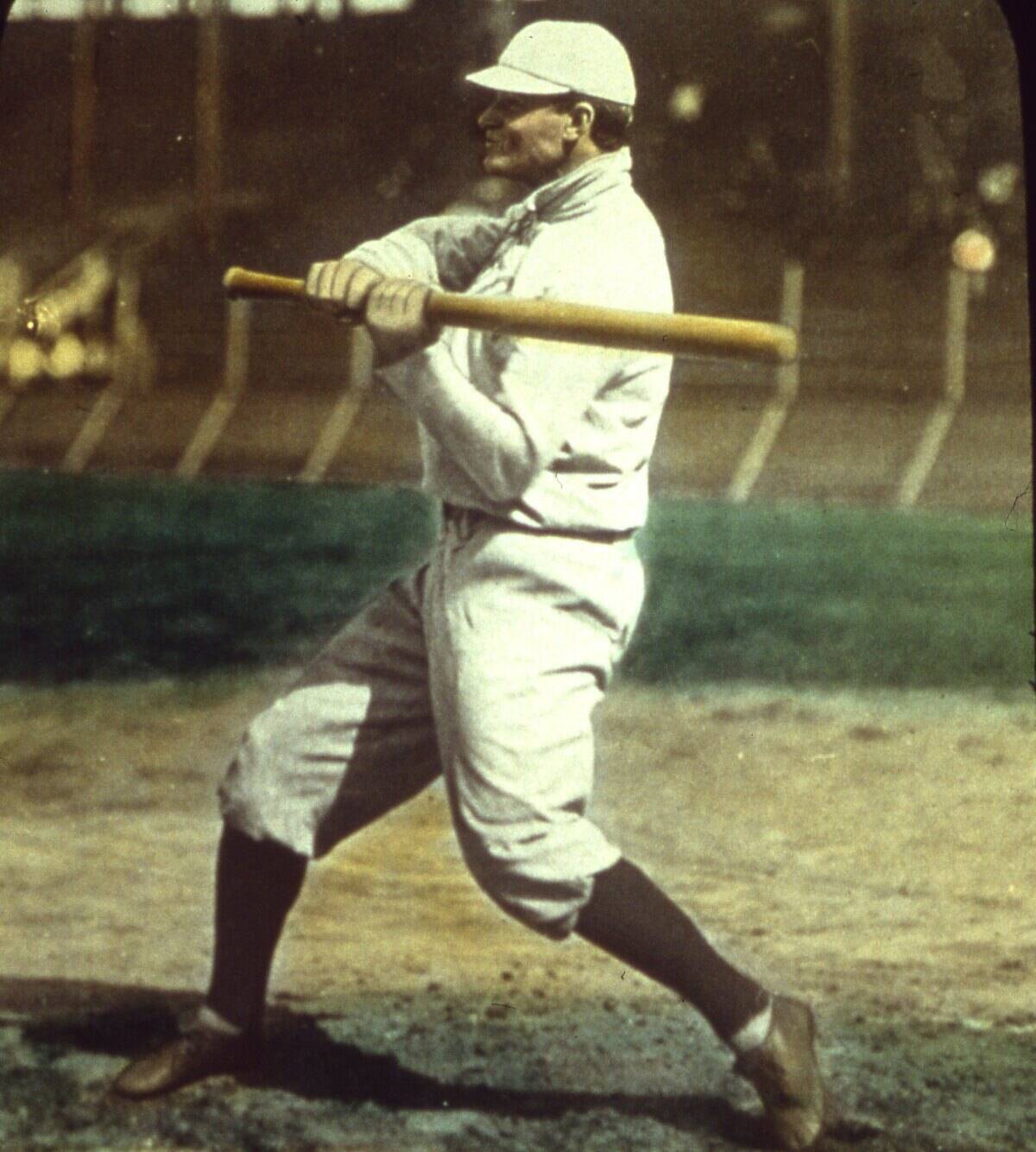
Baseball uniforms have come a long way since the 19th century, evolving from heavy woolen outfits to today’s lightweight, moisture-wicking fabrics. Teams have embraced creativity with their designs, incorporating vibrant colors and unique logos.
The retro trend has also made a comeback, with throwback jerseys honoring the sport’s rich history. Uniforms not only serve a functional purpose but also help define a team’s identity.
Home Run Records: Chasing the Legends
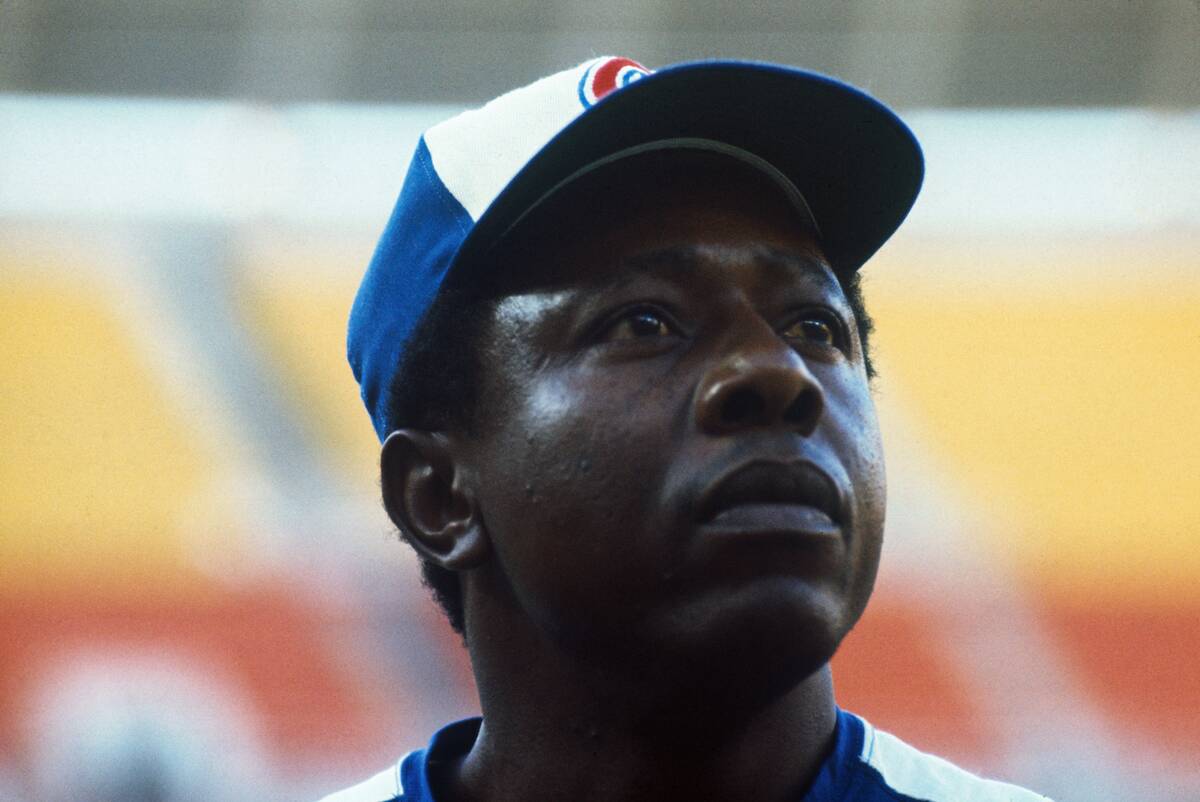
The pursuit of home run records has captivated fans for generations, with icons like Hank Aaron (pictured) and Barry Bonds setting the bar high. Aaron’s record of 755 career home runs stood for over three decades before Bonds surpassed it in 2007, finishing with 762.
Single-season records, too, have thrilled fans, from Babe Ruth’s 60 in 1927 to Roger Maris’ 61 in 1961, and the unforgettable summer of 1998 with Mark McGwire and Sammy Sosa competing to set records of their own.
The Designated Hitter Rule: A League Divided

Introduced in 1973, the designated hitter (DH) rule allowed American League teams to replace the pitcher with a hitter in the batting lineup. This rule sparked debate and differentiated the American and National Leagues for decades.
Proponents argue it adds excitement by boosting offensive stats, while purists lament the loss of strategy. In 2020, MLB adopted the universal DH temporarily, igniting further discussions about its permanence.
Baseball’s Unwritten Rules: Etiquette on the Diamond

Beyond the official rulebook, baseball players adhere to a set of unwritten rules that dictate on-field behavior. From not showing up pitchers after a home run to the etiquette of sliding into bases, these codes of conduct are passed down through generations.
While some view them as essential traditions, others see them as outdated. These unwritten rules often spark debates and occasionally lead to bench-clearing brawls.
The Impact of Jackie Robinson: Breaking Barriers
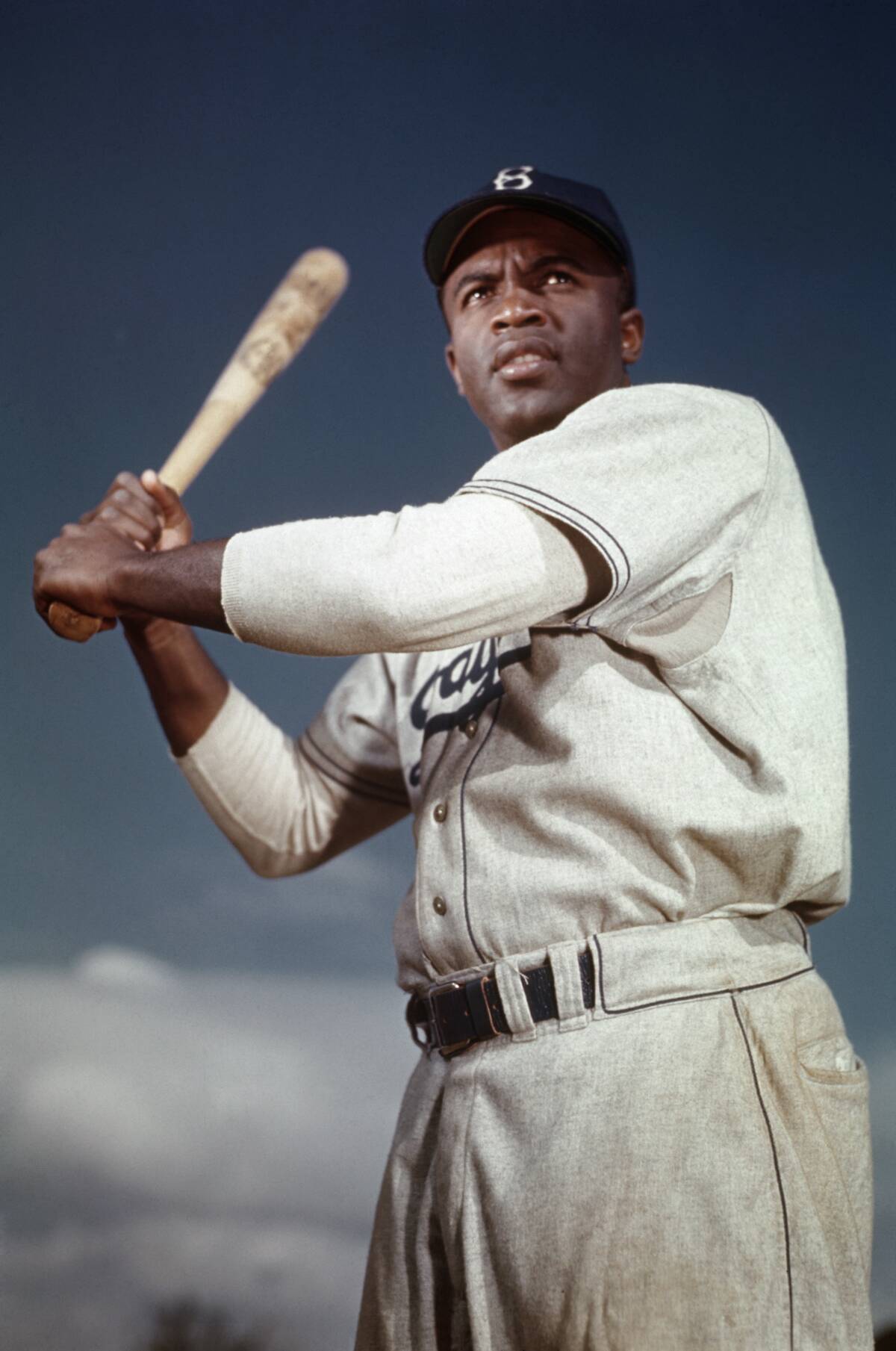
Jackie Robinson broke baseball’s color barrier in 1947, becoming the first African American to play in MLB. His courage and talent paved the way for future generations of players.
Robinson’s impact extended beyond the field, contributing to the civil rights movement and challenging societal norms. Today, his legacy is honored annually on Jackie Robinson Day, when every player wears his iconic number 42.
The Art of the Pitch: Fastballs, Curveballs, and More

Pitching is an art form, with pitchers employing a variety of techniques to outsmart batters. The fastball, known for its speed, remains a staple, while the curveball mesmerizes with its sharp break.
Other pitches like the slider and changeup add to a pitcher’s arsenal, creating a chess match on the mound. Mastery of these pitches requires skill, precision, and a deep understanding of the game.
The Science of Sabermetrics: Numbers Behind the Game
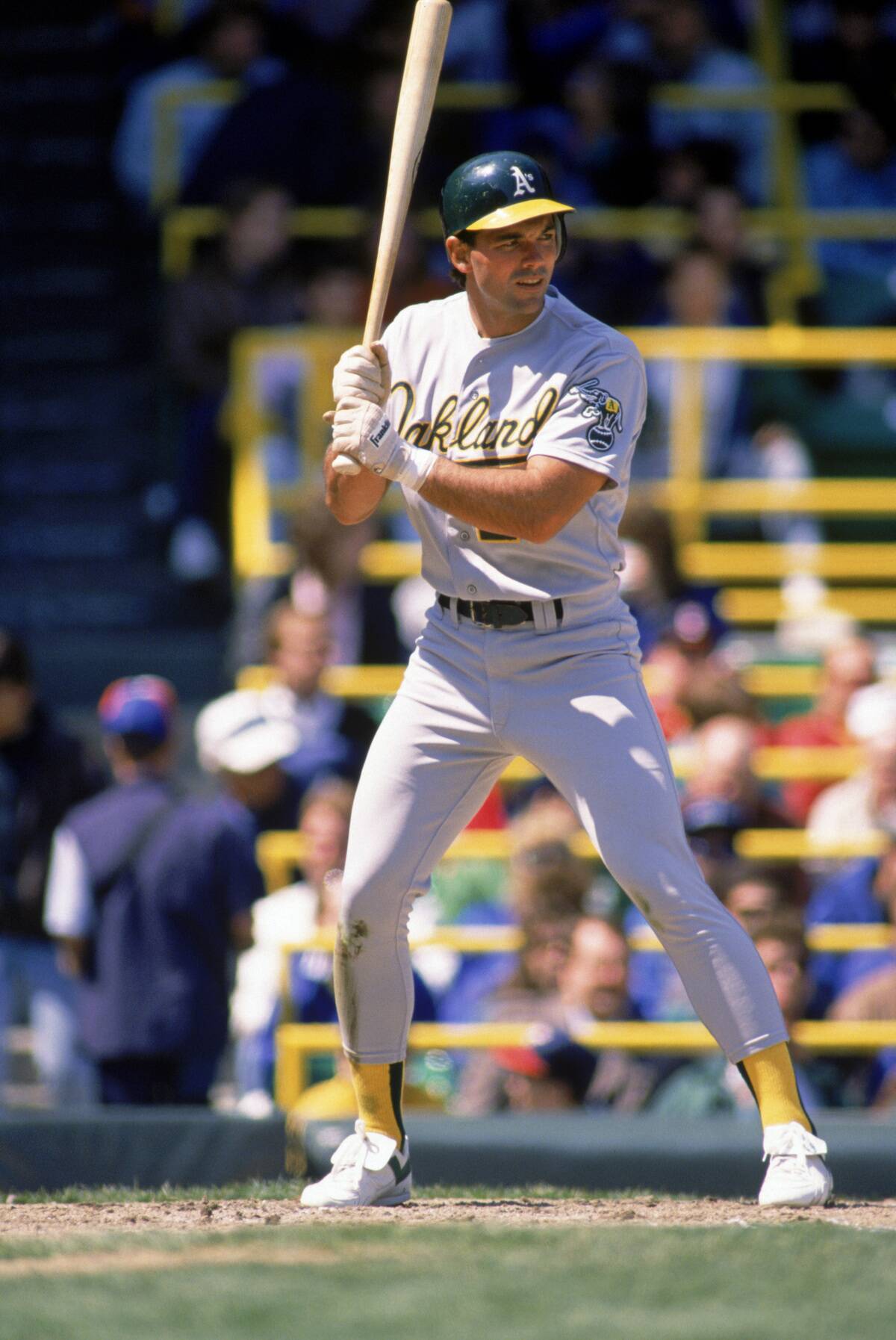
Sabermetrics, the statistical analysis of baseball, has revolutionized how teams evaluate players. Popularized by Billy Beane and the Oakland Athletics in the early 2000s, it focuses on metrics like on-base percentage and WAR (Wins Above Replacement) to assess performance.
This analytical approach challenges traditional scouting methods and continues to shape team strategies. Sabermetrics has made baseball more data-driven, influencing decisions on trades, drafts, and game tactics.
The MLB Draft: Building the Future Stars
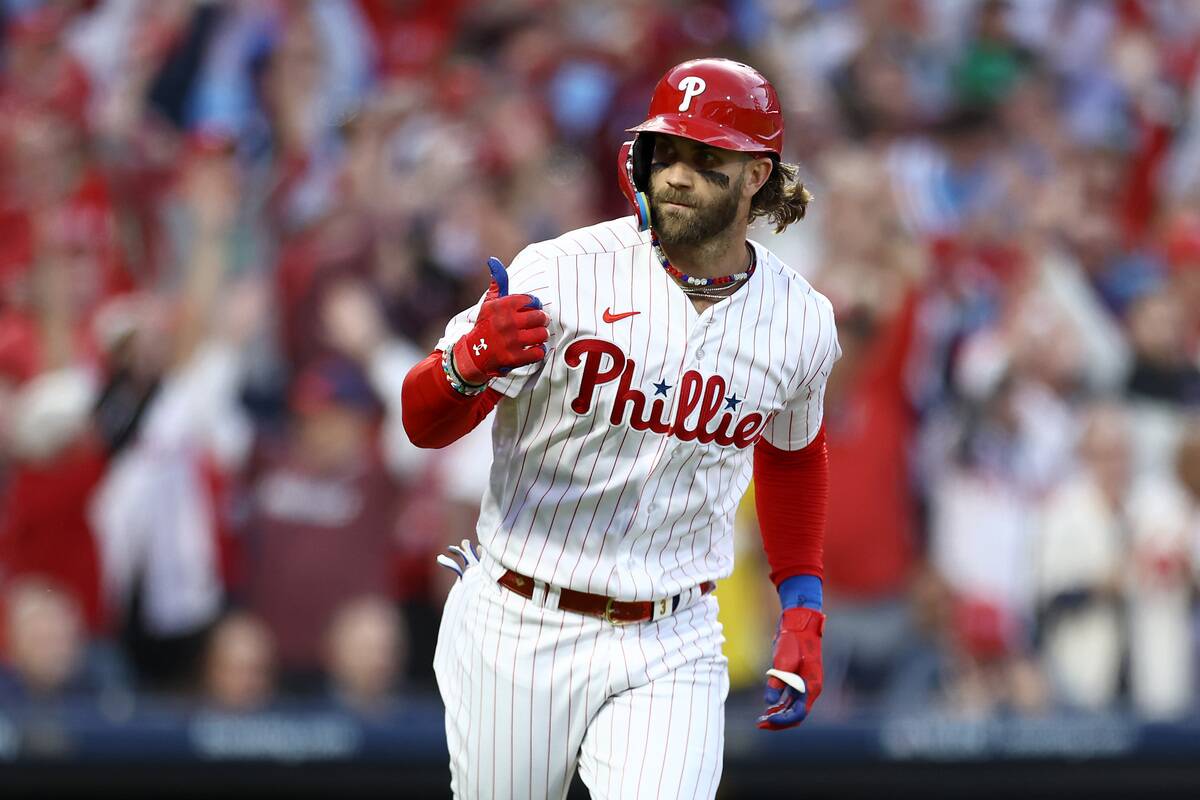
The MLB Draft is a critical event for teams looking to build their future rosters. Held annually since 1965, it allows teams to select amateur talent from high schools and colleges.
Unlike other sports, MLB draftees often spend years in the minor leagues honing their skills before reaching the majors. Notable first overall picks include Ken Griffey Jr. and Bryce Harper, who have become stars in their own right.
Famous MLB Rivalries: More than Just a Game

MLB rivalries are more than just games; they’re battles filled with history and emotion. The Yankees-Red Sox rivalry epitomizes this, with decades of classic encounters and dramatic moments.
The Dodgers-Giants rivalry, rooted in their New York origins, remains fierce even on the West Coast. These matchups captivate fans, creating an electric atmosphere that transcends the sport itself. Rivalries reflect the passion and intensity of baseball.
The Role of Umpires: Keeping the Game in Check
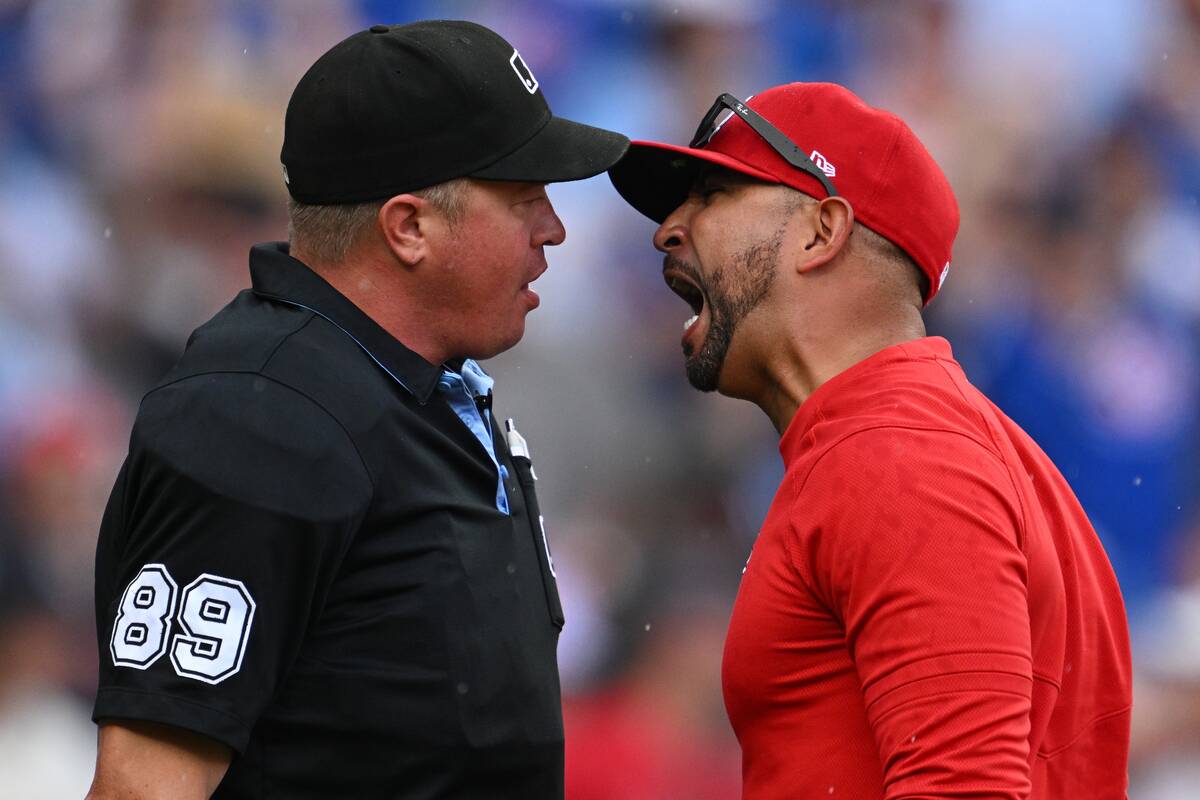
Umpires are the guardians of baseball’s rules, ensuring fair play and maintaining order on the field. Their decisions can be controversial, sparking debates and, at times, heated confrontations.
With the advent of instant replay, umpires now have technology to aid their calls, though human judgment remains crucial. Umpires must balance precision and authority, often facing intense pressure from players, managers, and fans alike.
The MLB Hall of Fame: Celebrating the Greats
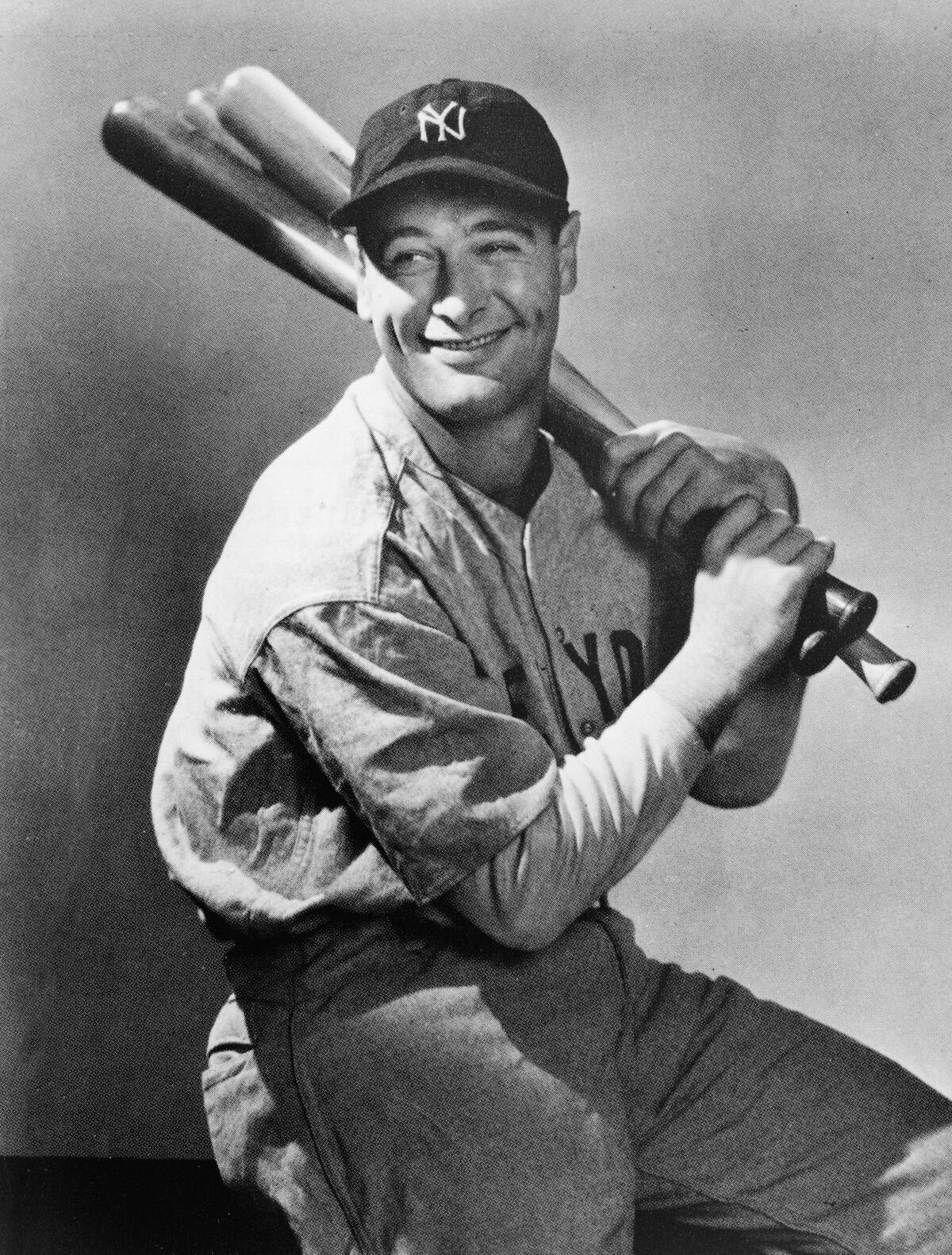
Located in Cooperstown, New York, the MLB Hall of Fame honors the game’s greatest players, managers, and contributors. Established in 1936, it enshrines legends like Lou Gehrig (pictured), Satchel Paige, and, more recently, Derek Jeter.
Induction is a prestigious honor, reflecting a career of exemplary performance and impact. The Hall of Fame serves as a testament to baseball’s rich history, preserving the stories and achievements of its icons.
The Soundtrack of Baseball: From Organs to Walk-Up Songs
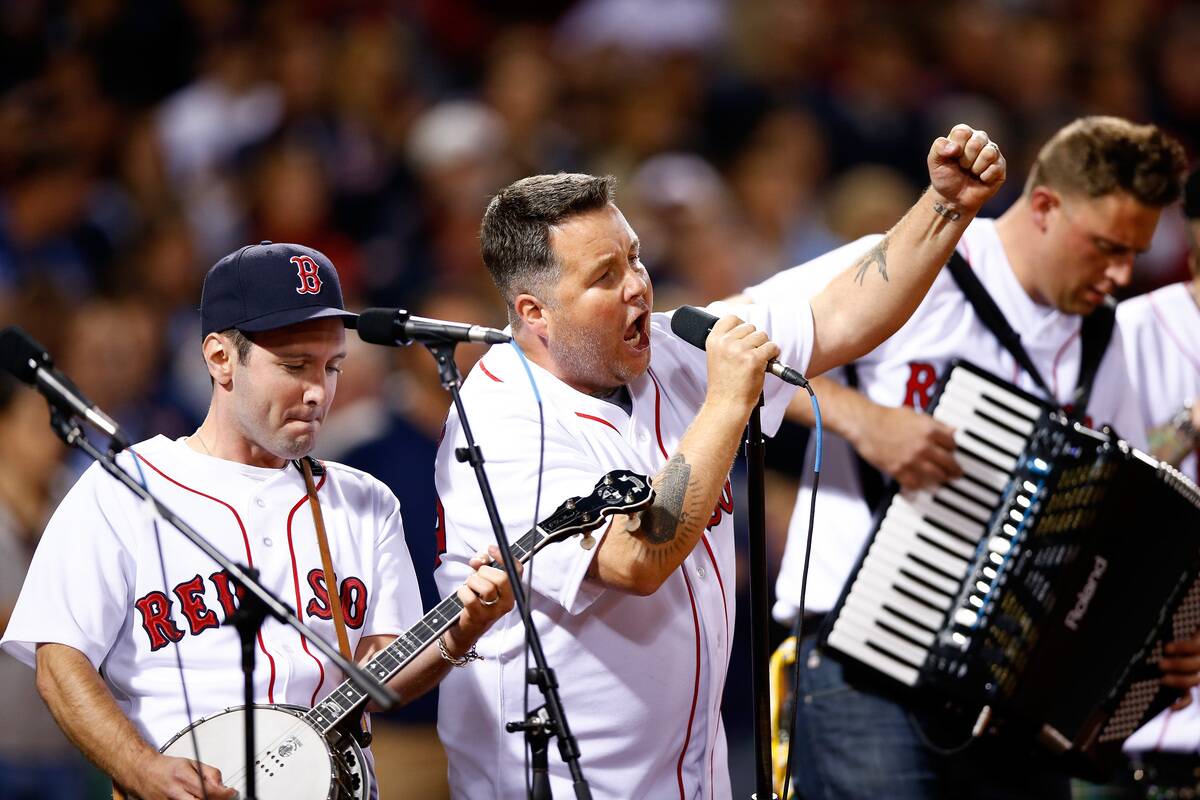
Music has always been integral to the baseball experience, from the traditional organ tunes to modern walk-up songs. The organist’s melodies create a nostalgic ambiance, while players’ personalized walk-up songs add a contemporary flair.
These musical elements energize the crowd and enhance the ballpark atmosphere. Whether it’s “Take Me Out to the Ball Game” during the seventh-inning stretch or a player’s chosen anthem, music and baseball are inseparable.
The Global Influence: Baseball Beyond the U.S.
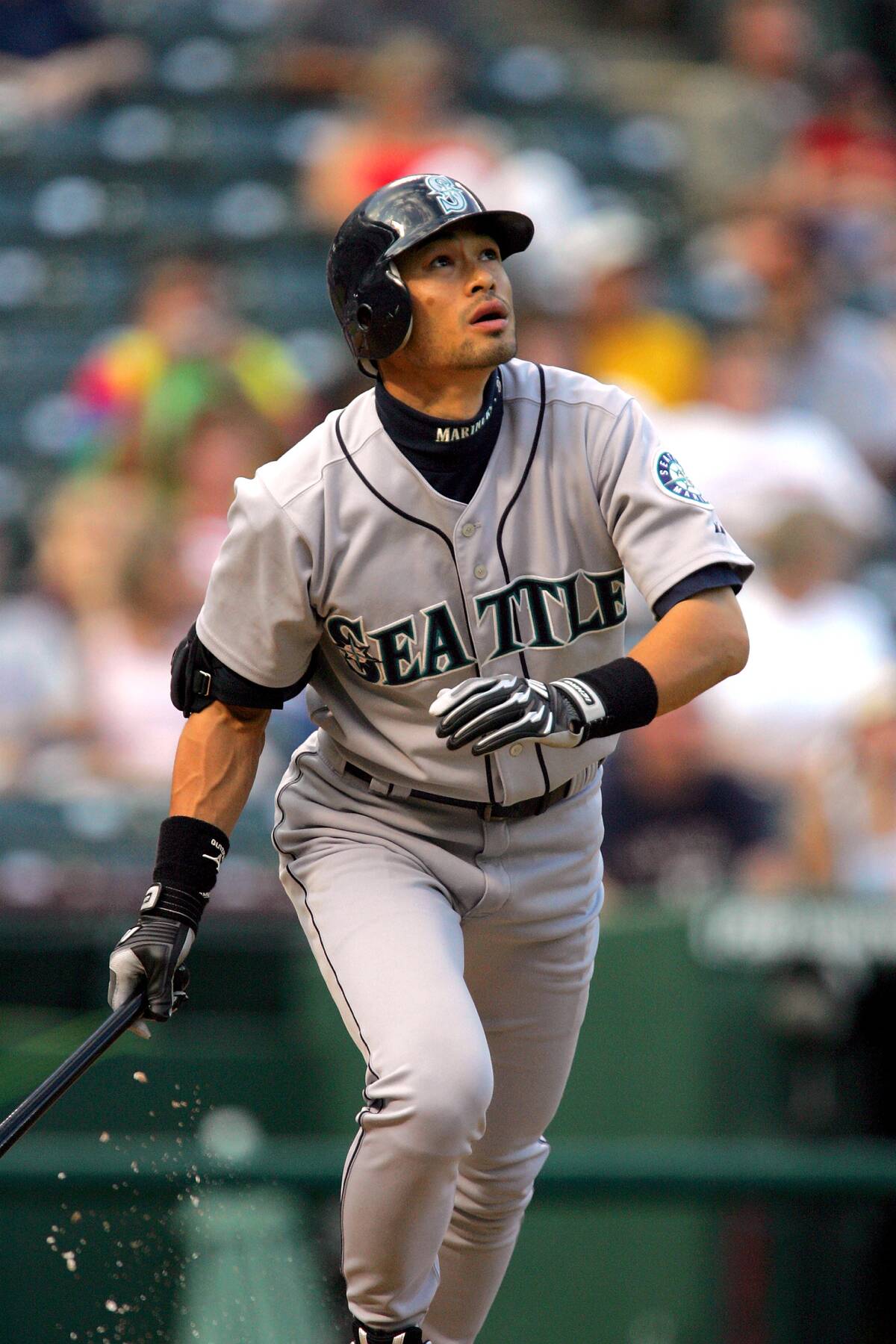
While baseball is rooted in American culture, its influence extends worldwide. Countries like Japan, the Dominican Republic, and Cuba have embraced the sport, producing top talent for MLB.
The World Baseball Classic, first held in 2006, showcases international competition, highlighting baseball’s global reach. Players like Ichiro Suzuki (pictured) and Fernando Valenzuela have become international stars, bridging cultures and expanding the sport’s appeal beyond U.S. borders.
Baseball Memorabilia: Collecting a Piece of History
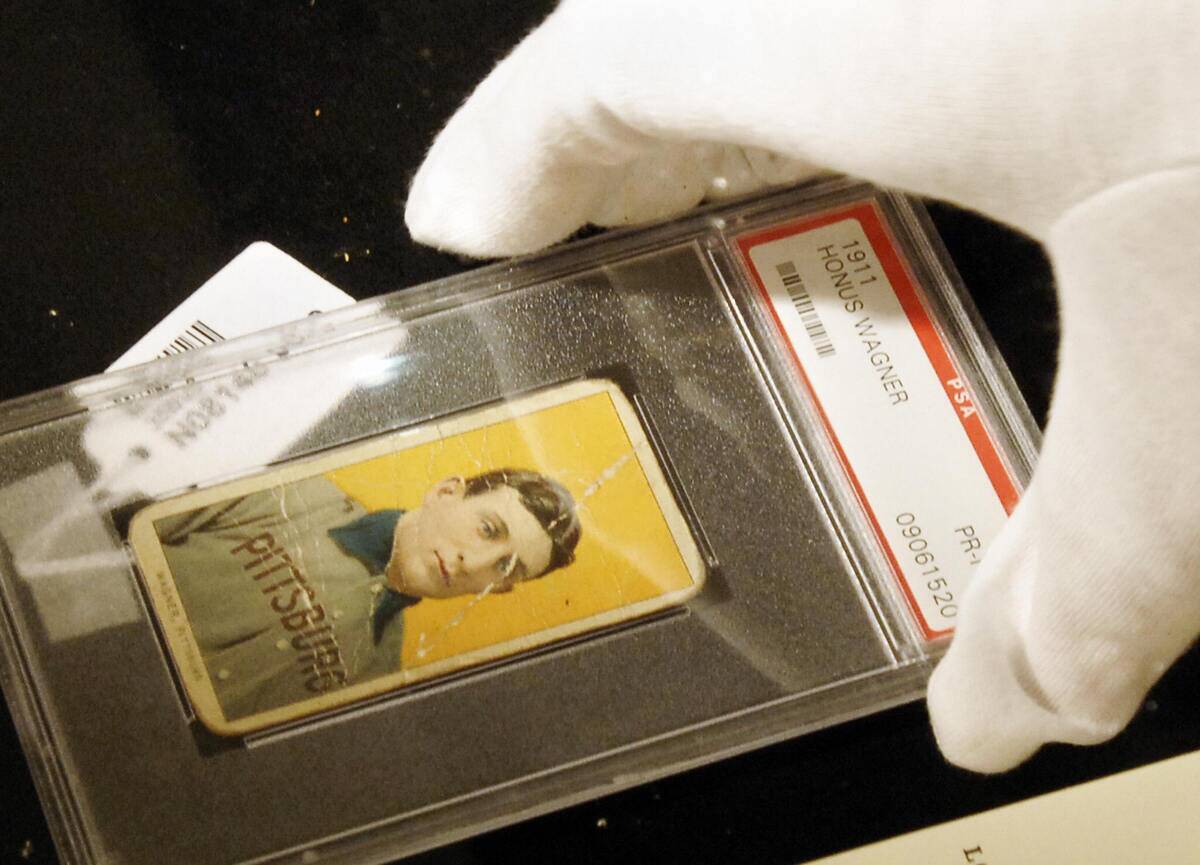
Baseball memorabilia offers fans a tangible connection to the sport’s history, from signed baseballs to vintage trading cards. Collectors prize items like Babe Ruth’s autographed bat or a Honus Wagner card (pictured), which once sold for millions.
Memorabilia not only holds sentimental value but also serves as a historical archive. Whether passed down through generations or acquired at auctions, these items capture the essence of baseball’s timeless appeal.
Fan Traditions: Rituals and Superstitions in the Stands
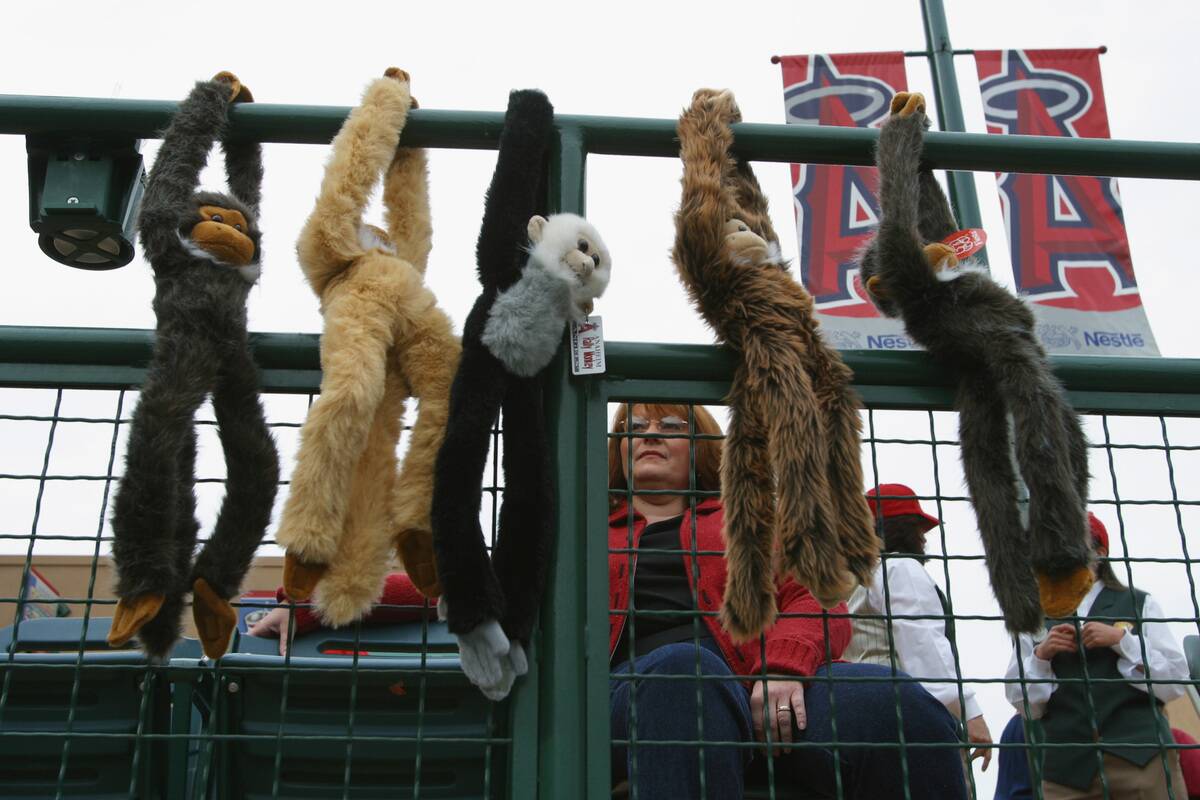
Baseball fans are known for their quirky traditions and superstitions, adding a unique charm to the game. From wearing lucky jerseys to performing mid-game rituals, these practices create a sense of community and camaraderie.
Some fans refuse to change seats during winning streaks, while others meticulously follow pre-game routines. These traditions, passed down through generations, reflect the deep emotional connection fans have with the sport.
The Impact of Technology: Instant Replay and Beyond
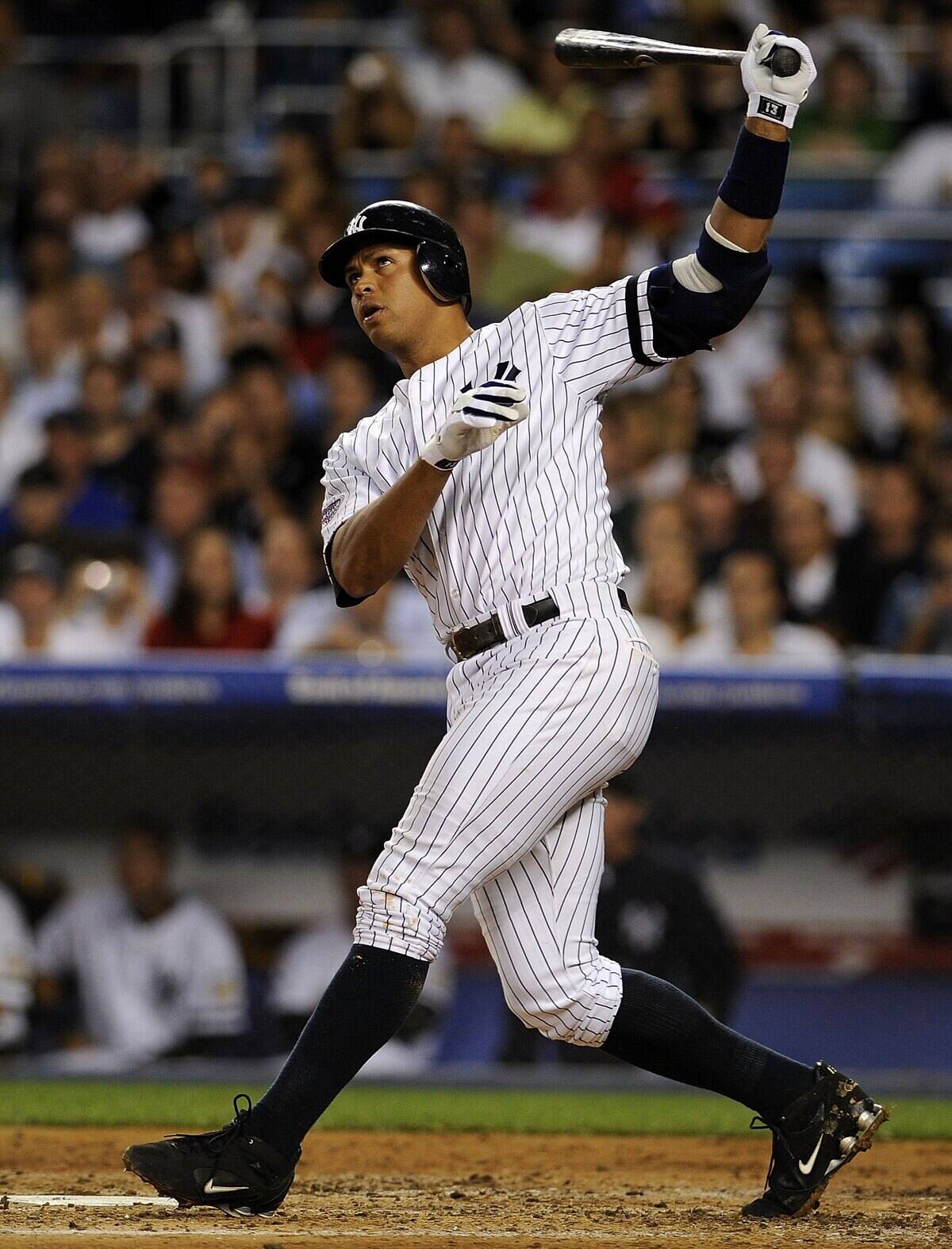
Technology has transformed baseball, enhancing both gameplay and fan experience. Instant replay, introduced in 2008, allows umpires to review and correct calls, improving accuracy and fairness.
Advanced analytics and player tracking systems provide teams with valuable insights, influencing strategies and training. Fans benefit from high-definition broadcasts and interactive experiences through apps and social media. As technology continues to evolve, its impact on baseball will only grow.
The Business Side of MLB: Revenue and Media Deals
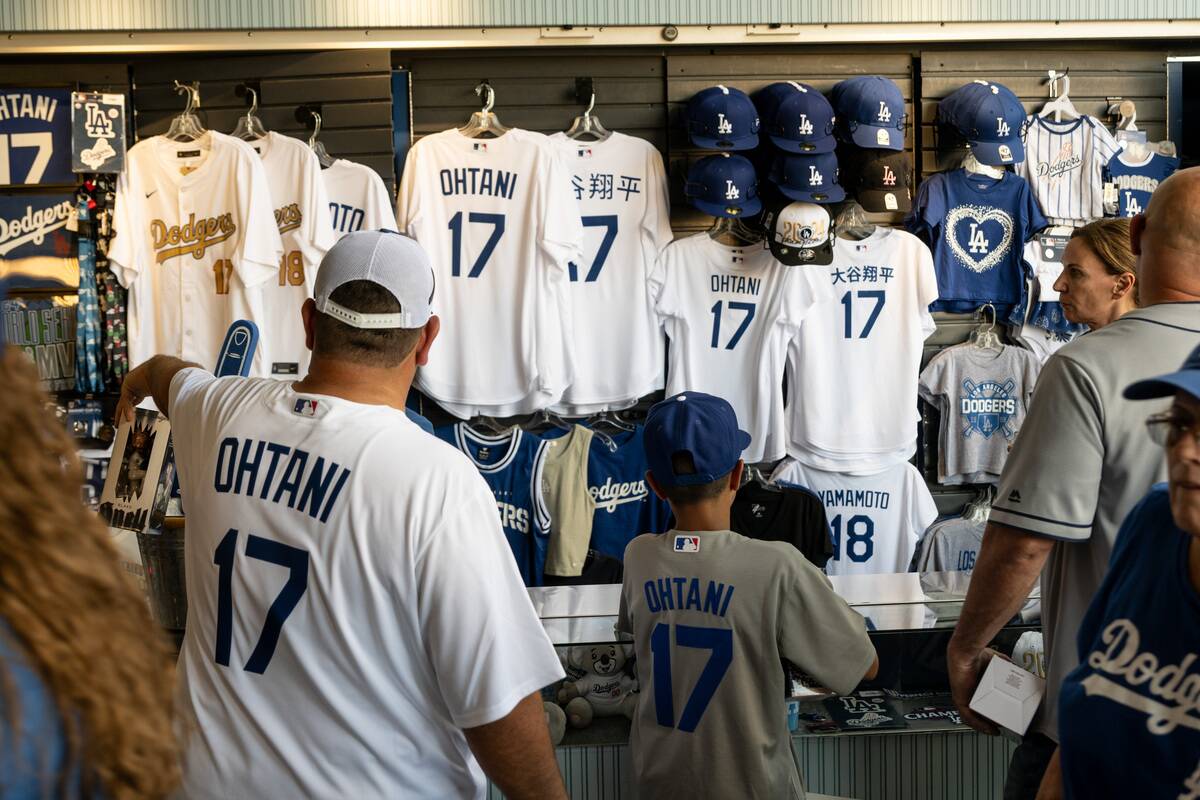
MLB is a multi-billion-dollar industry, with revenue streams ranging from ticket sales to lucrative media deals. Television contracts with networks like ESPN and Fox bring in significant income, while digital platforms expand the sport’s reach.
Sponsorships, merchandise, and licensing agreements further contribute to MLB’s financial success. As the business landscape evolves, MLB continues to explore new opportunities, ensuring the sport’s growth and sustainability.
The Future of Baseball: Trends to Watch
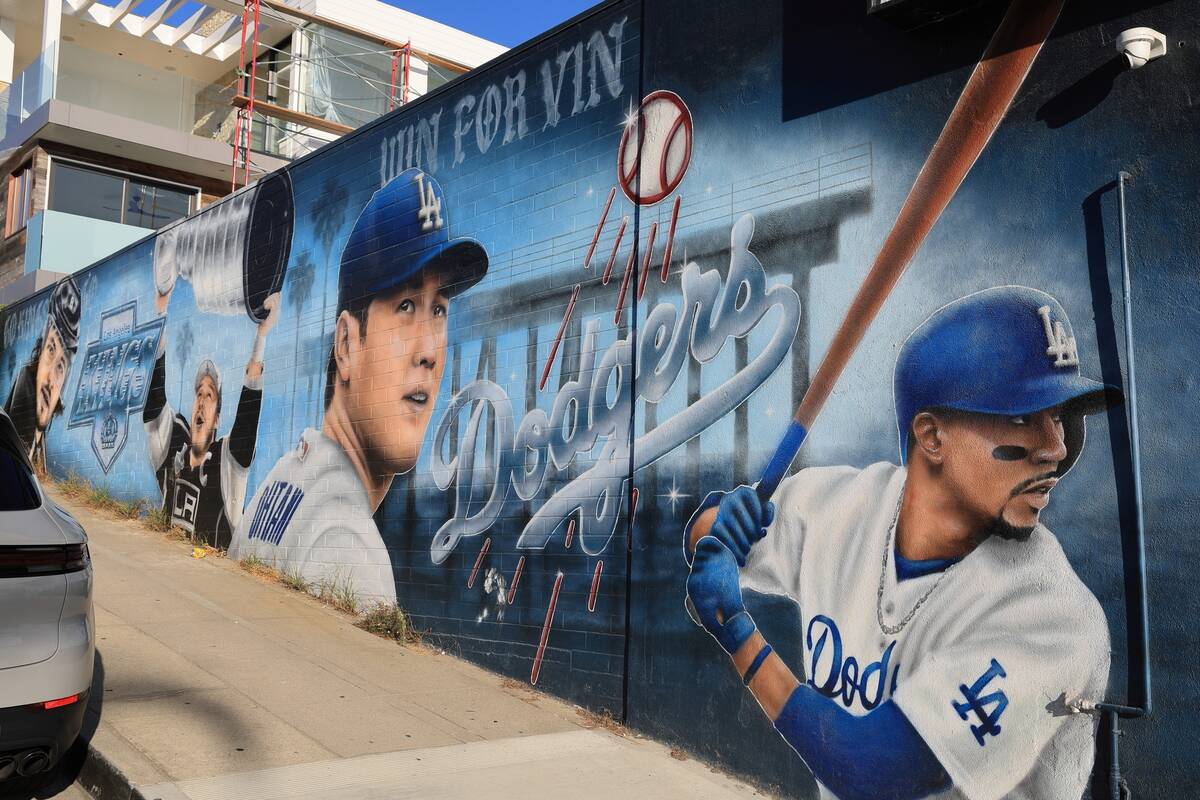
As MLB looks to the future, several trends are shaping the sport. Emphasis on player safety and health is leading to innovations in training and equipment. Efforts to speed up the game aim to attract younger audiences, while initiatives to increase diversity and inclusion are gaining momentum.
The integration of technology will continue to influence gameplay and fan engagement. As these trends unfold, baseball will evolve, ensuring its place in the sporting world.




